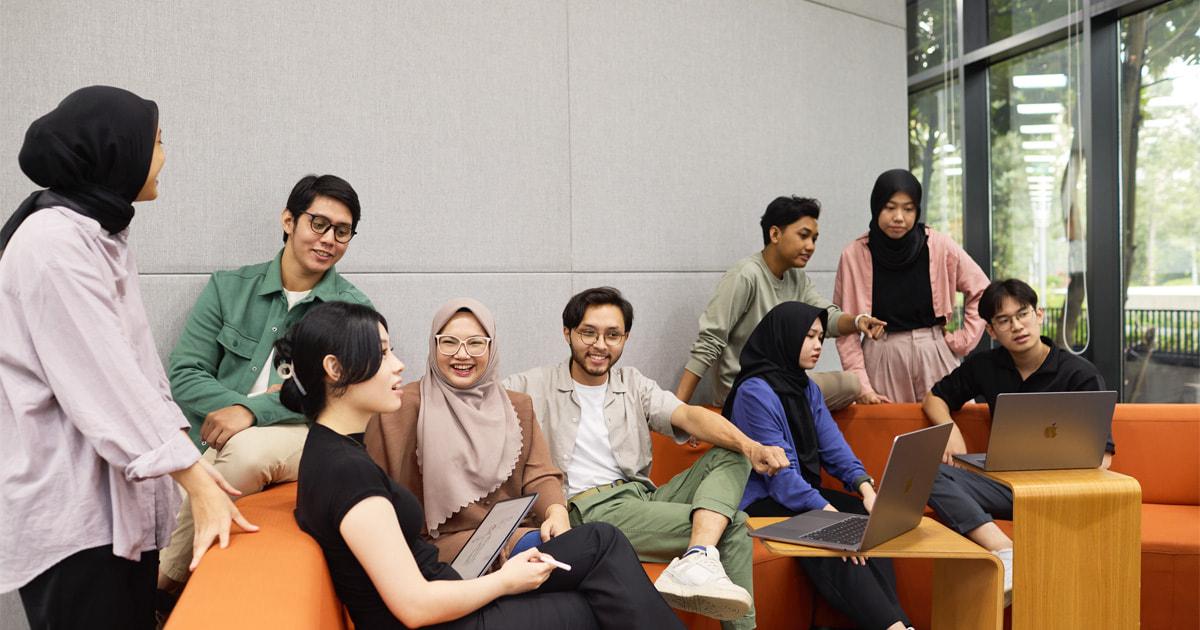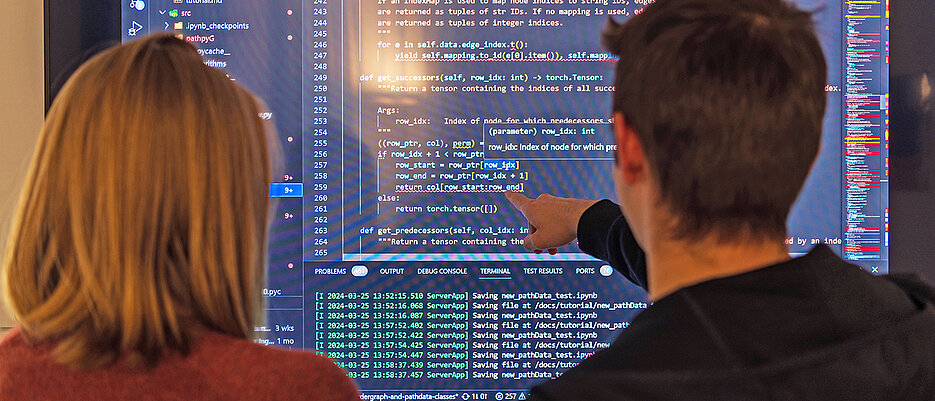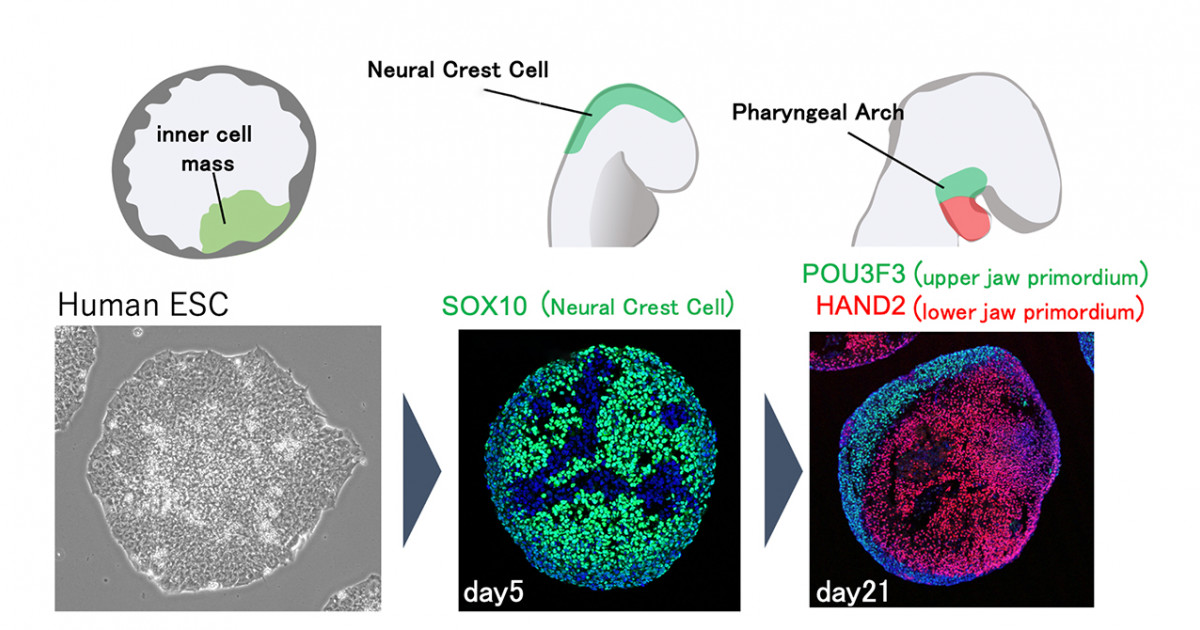Beijing Platform for Action at 25: Progress, Retreat and the Future of Women’s Rights
Opening Address
Thursday 3 December, 10:00 am
Kate Jenkins, Sex Discrimination Commissioner
Hello everyone. My name is Kate Jenkins, and I have had the honour of serving as Australia’s Sex Discrimination Commissioner for the past four years.
I would like to begin by acknowledging the traditional lands of our nation’s first people. I am presenting today from the lands of the Boonwurrung people of the Kulin nation.
I do wish that we were all gathered in person today, but it is certainly very encouraging that, despite the challenges of this year, so many of us have come together virtually today to plan for a bright and equal future.
I want to thank the Melbourne Law School Institute for International Law and the Humanities, and the UNSW Australian Human Rights Institute, for hosting this event today.
When the Beijing World Conference on Women took place in 1995, I was just starting my career as an employment lawyer in Australia and I recall Hilary Clinton’s reminder in her famous speech that “women’s rights are human rights”.
Since then, I have been privileged to dedicate my professional career to fighting to advance women’s rights and gender equality – inspired by, encouraged by, and yes, sometimes frustrated by, the Beijing Declaration and Platform for Action.
In my time as Commissioner I have become acutely aware of the impact of Australia’s leadership in observing international human rights conventions, especially on nations in our region, and the valuable guidance that international bodies like the CEDAW Committee can give to support progress.
It was just 12 months ago that I attended the Asia Pacific Regional Review for Beijing +25 in Bangkok as a member of the Australian Government delegation led by Office for Women head Catherine Hawkins, with Dorinda Cox and Florence Drummond who I know will be speaking to you later today.
While I was there, I saw the impact of Australia’s leadership in negotiations with countries like Russia, India and China to reach an agreed Declaration on Advancing Gender Equality and Women’s Empowerment Beijing +25 Review.
After 26 hours straight of negotiations, the USA was the only one of 38 countries to vote No to this Declaration, making Australia’s advocacy and YES vote even more important for women’s rights internationally.
Today, I want to look back, and look forward.
I intend to briefly outline the progress and setbacks we have encountered since the Beijing Conference.
I then want to suggest some promising avenues to increase the effectiveness, inclusiveness and reach of our response to gender inequality moving forward to set the scene for a great day ahead.
What have we achieved?
The Beijing Declaration and Platform for Action envisioned gender equality in all dimensions of life.
As you will be aware, it remains the most comprehensive global pledge to achieve equality for all women and girls.
It set out a vision of equal rights and equal opportunities for all women, everywhere in the world, that continues to influence domestic and international women’s rights activism.
We know that, 25 years later, no country has fully realised the Beijing agenda.
However, it is important to acknowledge how far we have come in the fight for women’s rights and gender equality in the past quarter century – and the role of the Beijing outcome documents in driving and supporting that change.
UN Women recently estimated that the Beijing Declaration has been behind 274 legal and regulatory reforms in 131 countries.
Globally, more than two thirds of countries have now achieved parity in primary school education, and we have seen great progress on decreasing maternal mortality rates and increasing women’s political participation.
When the United Nations was founded in 1945, there were no female Heads of State or Government – today, there are 21.
In Australia, our national pay gap has decreased, women’s workforce participation and leadership rates have increased, and women are more able to exercise their sexual and reproductive health rights than 25 years ago.
However, it will not be news to you that the past 25 years have not erased inequality and suffering.
Globally, one woman in three experiences violence in her lifetime. 12 million girls still marry before the age of 18 every year.
The World Bank has estimated that, at the current rate of progress, it could take 150 more years to achieve gender parity in lifetime earned income.
UN Women found that, on average globally, men are still 75 per cent of parliamentarians and hold 73 per cent of managerial positions.
Australia has, at times, made concerted efforts to pursue equality, but nevertheless Australian women continue to suffer unacceptably elevated levels of violence and financial disadvantage over their lifetime.
Sadly, the global rights landscape has also, in some ways, taken a step backwards since the Beijing Conference.
A renewed focus on so-called ‘traditional values’ in multilateral spheres has seen attempts to dilute CEDAW and undermine the sexual and reproductive health rights, among others, of women and girls.
French President Emmanuel Macron recently told the UN General Assembly that, I quote, “it’s no secret that, in 2020, the Beijing Declaration would have no chance of being adopted.”
Sadly, I suspect he is correct.
The COVID-19 pandemic is also threatening to stop or reverse progress.
Full data is still emerging, but early indications are that the pandemic, and responses to it, are associated with a concerning rise in violence against women and a marked increase in extreme poverty among women.
Most governments are failing to apply a gender lens to their pandemic responses, exacerbating existing inequalities and leaving more women further behind.
What should be our priorities moving forward?
So, we have much work left to do. The Beijing documents laid a powerful and necessary foundation stone for our fight for gender equality – but 25 years later, they remain largely aspirational.
Not only has progress, while real, been slow, some of that progress is itself under threat.
We need to accelerate our efforts, and be increasingly strategic, if we want to finish the job.
But what can this look like?
Every country and context is different, but today I want to make four high level suggestions for how we can boost the effectiveness of our efforts.
To do so, I will draw on case studies from my landmark National Inquiry into Sexual Harassment in Australian Workplaces, which I completed early this year.
The Inquiry was a world-first comprehensive examination of the nature, drivers and impacts of workplace sexual harassment, and the effectiveness of measures to prevent and respond to it.
As well as its insights into sexual harassment, however, the National Inquiry taught me the following valuable lessons.
Firstly, the collective voice can prompt action and change.
I have seen the impact that community activism, voices and engagement can have to support progress towards gender equality.
For instance, the MeToo movement in 2017, and subsequent media reporting, created momentum for action resulting in support by the Australian Government in 2018, notably the then Minister for Women the Hon. Kelly O’Dwyer, for our National Inquiry into Sexual Harassment.
Reporting such as that recently recognised by the Walkley awards (on the High Court and AMP) has also shown that the transparency and accountability created by public reporting can create real action.
Similarly, advocacy by students, unions and leaders for many years created the appetite for our survey of sexual harassment and sexual assault in Australian universities, which resulted in all 39 universities agreeing to provide regular updates to the Commission on their progress in implementing our Change the Course recommendations, despite no obligation to do so.
Next, we must address all forms of violence.
As we have been painfully reminded by the COVID-19 pandemic this year, we live in an evolving world.
As we build on the successes of the Beijing documents, it will be important to ensure that our conceptual understanding of violence has also appropriately evolved to include new forms of violence – in particular, technology-facilitated abuse and sexual harassment.
In Australia, it was not until 2018 that both these forms of violence were included in our National Action Plan to reduce violence against women and their children.
Earlier plans had tended to focus on family and domestic violence, which of course should remain a key focus.
However, we know that violence against women in all its forms is interconnected and driven by gender inequality.
Broadening our focus to include sexual harassment and technology-facilitated abuse ensures that no one is left behind in our fight to eliminate violence against women.








